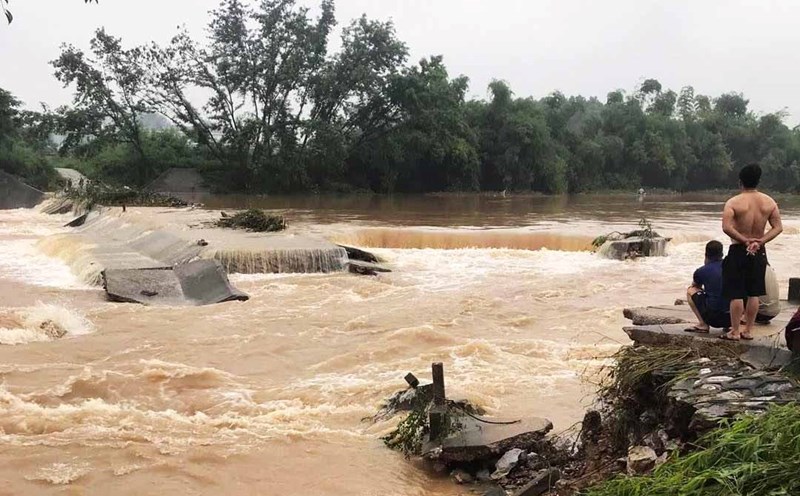The latest hurricane report from the US National Hurricane Center (NHC) states that there is currently no expected to be a hurricane in the Atlantic Ocean in the next few days.
The development comes as the Atlantic hurricane season enters its third week.
Forecasters say the slow start is not too impressive given the average standards currently used by meteorologists. Accordingly, in the period from 1991 to 2020, the first storm of the Atlantic hurricane season typically did not appear before June 20.
However, in many recent typhoon seasons, exactly 18 times since 2005, typhoon No. 1 formed earlier than this time frame. For those living in the carpentry area or along the US coast, which always follow the rhythm of the hurricane season, this is truly a period of unusually dry weather.
Some notable statistics over the past 20 years show that there have been 10 years when storm No. 1 appeared before June 1. There are only 2 years, if we count the whole year as 3 years, the first storm of the storm season will come after June 20. The latest storm No. 1 appeared on August 11, 2009.
In the Atlantic, a system with sustained wind speeds below 61 km/h is called a tropical depression. When the tropical depression strengthens, with winds of about 63 km/h or more, it is identified as a storm and named. If it strengthens to about 119 km/h or more, the system becomes a typhoon.
Some storms may form and be named but never approach land. Several other storms were devastating when they made landfall and would then be permanently removed from the list of typhoon names.
Not having storms early in May and June does not mean the hurricane season will be easy. Many hurricane forecasters predict that strong storms will not appear before mid-August. Strong storms that appear early, like Hurricane Beryl last year, are very rare.
The majority of serious hurricanes in the US usually occur in August, September and October.
This spring, the National Oceanic and Atmospheric Administration (NOAA) forecasted that the 2025 hurricane season will be above average. If no storms form between now and August, experts are likely to adjust and reduce the number of storms predicted for this year.
However, if June is dry but July starts to get bustling, hurricane forecasters could keep their forecast for a hurricane season above average, even if it comes late.
In contrast to the Atlantic hurricane season, in the eastern Pacific, where the hurricane season began on May 15, the storm season has been quite active. Storms that form off the west coast of North America typically arrive earlier than in the Atlantic.
This year, up to five typhoons have formed in the eastern Pacific, including Alvin, Barbara, Cosme, Dalila and Erick. The hurricane season in both oceans runs through November 30.











